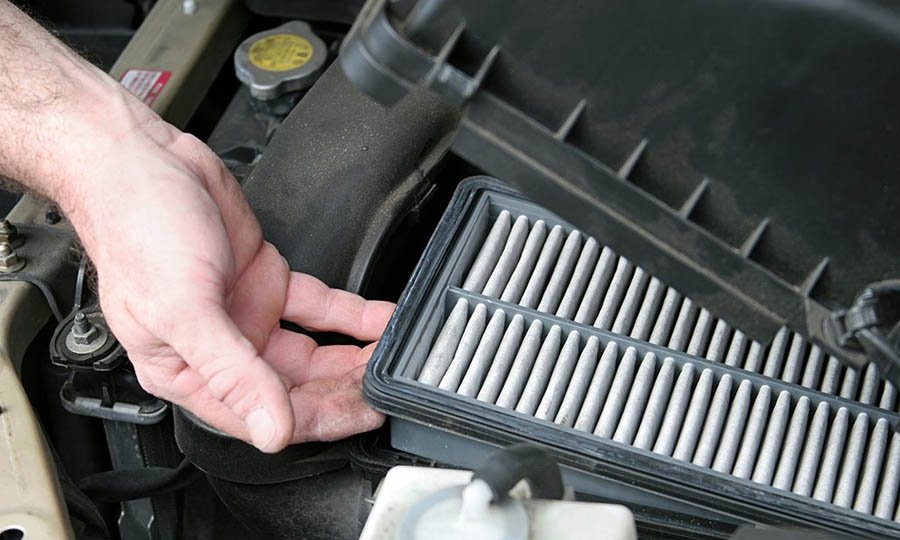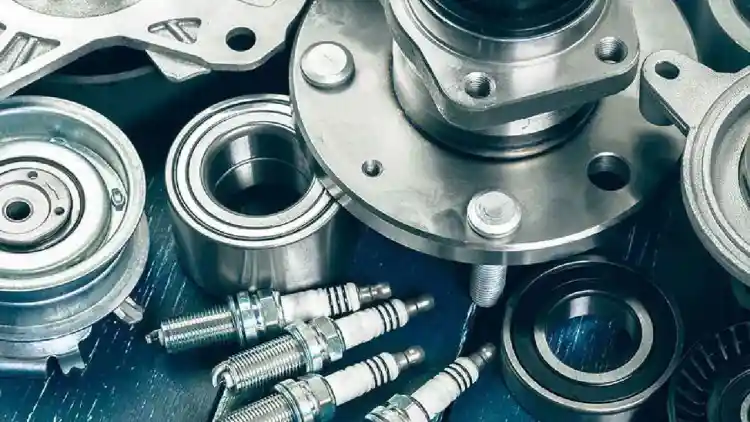- How to Replace Your Car's Air Filter (Step by Step)
- Changing the Cabin Air Filter: A Quick Guide
- When to Replace Your Car Filters (Signs to Watch)
- Why Regular Filter Replacement is Crucial
- FAQ
Replacing your car's filters is a simple yet essential part of vehicle maintenance. By regularly changing your filters, you can improve your vehicle’s performance, ensure your engine runs smoothly, and maintain good air quality inside your car. This guide will walk you through step-by-step instructions, from replacing the air filter to checking the cabin filter. Let's get started and make your DIY maintenance journey stress-free.
How to Replace Your Car's Air Filter (Step by Step)
Replacing your car’s air filter is often the easiest first step for anyone new to vehicle maintenance. Filters can become clogged over time, reducing engine efficiency. Changing them is a quick and rewarding DIY task.
Tools You'll Need
Before starting, gather the following tools and supplies:
A new air filter that matches your car's make and model
A basic screwdriver set to remove screws or fasteners
A clean, lint-free cloth or a vacuum cleaner to remove dust and debris
Your car's owner’s manual for guidance on the filter location
Step 1: Locate the Air Filter Housing
To begin, open the hood and locate the air filter housing. The housing is usually a black rectangular or circular box near the engine. It might have a latch, screws, or metal clips to secure it. If you're unsure, check the owner's manual for reference.
Step 2: Open the Housing
Unfasten the housing by releasing the latches or unscrewing the fasteners. Carefully lift the cover and place it somewhere safe to avoid damage. Take a moment to inspect the interior of the housing for dirt or debris.
Step 3: Remove the Old Filter
Take out the old air filter from the housing by simply pulling it out. Observe the orientation of the filter so you can place the new one correctly. If the filter is extremely dirty or clogged, it’s time for a replacement.
Step 4: Clean the Housing
Use your lint-free cloth or a vacuum cleaner to clean the inside of the air filter housing. Remove any visible dirt, leaves, or debris that could contaminate the new filter. A clean housing ensures maximum filter efficiency.
Step 5: Install the New Filter
Place the new filter inside the housing, making sure it aligns with the old filter’s position. Ensure that the filter fits snugly and there are no gaps around its edges.
Step 6: Close the Housing
Reattach the housing cover by securing the clips or tightening the screws. Check if everything is tightly sealed. Close the hood, and you're done! Congratulations, you’ve successfully replaced your air filter.
Changing the Cabin Air Filter: A Quick Guide
The cabin air filter keeps the air inside your vehicle clean and free of dust, pollen, and other pollutants. Replacing it regularly ensures you and your passengers breathe fresh air.
Steps to Replace the Cabin Filter
Open the glove compartment or locate the panel in your vehicle where the cabin filter is housed. Your car manual can provide specific guidance based on the model.
Remove the panel or cover to access the filter. This often involves releasing clips or screws.
Take out the old cabin filter and inspect it. If it’s dark, dusty, or clogged, it needs replacing.
Insert the new cabin filter in the same orientation as the old one. Some filters have airflow direction indicators—pay attention to these.
Reattach the panel or cover securely. Test the air conditioning or heater to ensure proper airflow.
Dispose of the old filter responsibly.
When to Replace Your Car Filters (Signs to Watch)
Car filters don’t last forever and require periodic replacement. But how do you know when it’s time to change them? Here are some common warning signs:
Decreased fuel efficiency—your car might use more fuel than usual.
Weak airflow through the vents when using heating or air conditioning.
Odd smells coming from the vents, especially musty or dusty odors.
Unusual sounds from the engine when it struggles for clean air.
Generally, most car manufacturers recommend changing air and cabin filters every 12,000 to 15,000 miles or at least once a year. However, dusty or polluted environments might require more frequent changes.
Why Regular Filter Replacement is Crucial
Regularly replacing your car’s filters offers various benefits. Here’s why it matters:
It enhances fuel efficiency by promoting better airflow and combustion.
It protects the engine by preventing dust, dirt, and debris from causing damage.
It ensures better air quality inside your car, reducing allergens and unpleasant odors.
It prolongs the lifespan of essential car components, saving you costly repairs in the long run.
Neglecting this simple maintenance task can lead to poor vehicle performance and more significant issues down the road.
FAQ
Q: How often should I change my car's air filter?
A: Most experts recommend changing the air filter every 12,000 to 15,000 miles or once a year. However, check your manual, as this may vary based on your car and driving conditions.
Q: Can a dirty air filter affect fuel economy?
A: Yes, a clogged air filter reduces airflow to the engine, making it work harder and use more fuel. Replacing it can improve fuel efficiency by up to 10%.
Q: Is it hard to replace a cabin air filter by myself?
A: Not at all! It’s a straightforward process. With basic tools and the right replacement filter, you can complete the task in about 15 minutes.
Q: What happens if I don’t change my car filter?
A: Over time, dirty filters can lead to reduced engine performance, decreased fuel efficiency, increased emissions, and even potential engine damage. Cabin filters can cause unhealthy air quality inside the car.
Q: Can I use generic car filters instead of brand-specific ones?
A: Yes, as long as the generic filter fits your car and meets the necessary specifications, it should work effectively. Always double-check before purchasing.
Read More:
Nissan Used Cars:Your Smart Buyer’s Guide
Corvette Price:What to Expect When Buying America's Sports Car
Mitsubishi Galant:The Enduring Sedan Loved by Drivers Worldwide













